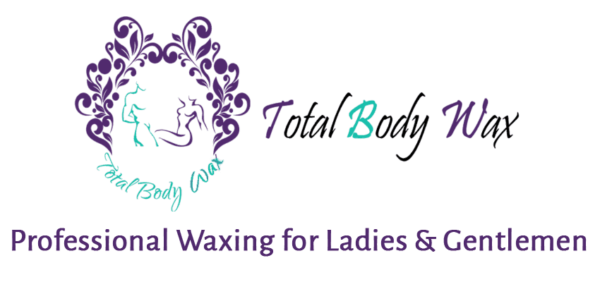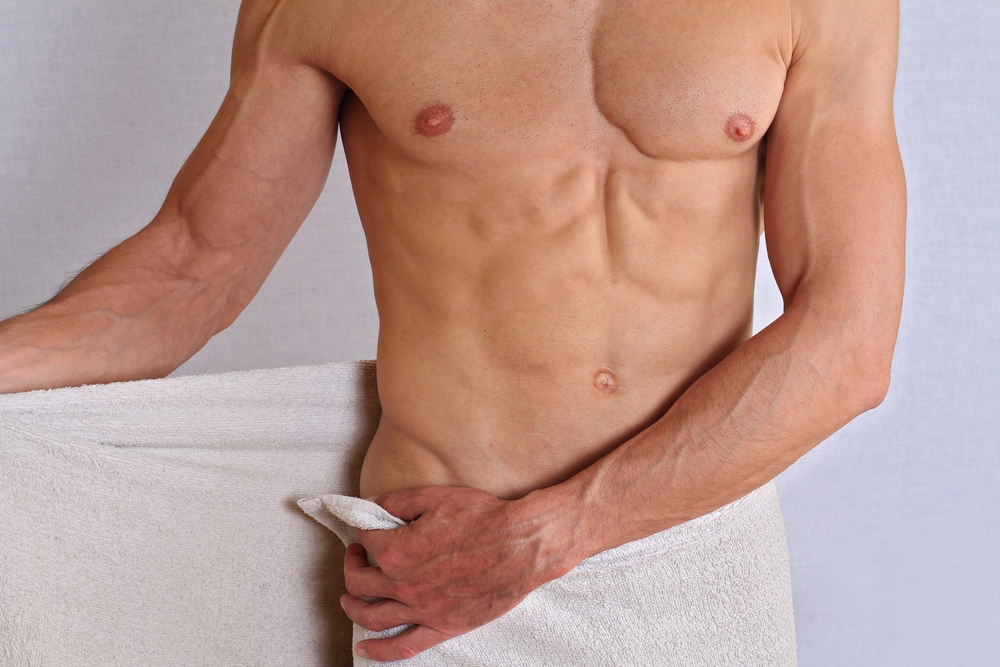Hair removal for men has been around for a long time. If you have ever seen one of the old Tarzan movies, with Johnnie Weismuller, you have seen he didn't have any hair on his back or chest. Despite being raised by apes. Actors, models, bodybuilders and many athletes have long been into hair removal. Today, waxing for men is becoming just as popular as it is for women as the preferred hair removal method. Total Body Wax specializes in waxing for men and women. Waxing is much less irritating than shaving, lasts longer and avoids the daily/weekly routine of shaving. It is much cheaper than laser removal or electrolysis. We highly recommend waxing as the preferred method of hair removal.
What can you expect and how should you prepare. the first thing to know is that waxing is not painful, especially when performed by an experienced trained waxologist. There can be some stinging, especially your first time and if you have a low tolerance for pain. In this case, just take a couple of acetaminophen a half hour before your waxing session and don't be afraid to speak up and let your waxologist know how you are experiencing the service. The more regular your waxing the less stinging you will experience.
Preparing for Waxing is simple. The evening before, gently exfoliate the area to be waxed. For obvious reasons, you will want to shower the day you come in for your waxing. Hair in the area to be waxed must be about an eighth to a quarter-inch in length. If you have been shaving you will want to stop a few weeks before your first waxing session. Don't worry if your hair is longer than a quarter of an inch, we can trim it if necessary. Be sure to bring up any questions or concerns with your waxologist.
What to do after being waxed. After your waxing, you will want to avoid sunbathing, hot tubs and swimming for 24 hours or more. If you are going to be in the sun, be sure to use a sunscreen of SPF 50. If you get a bikini wax, brazilian, mankini, guyzilian or other intimate area wax, avoid intimacy for 24 hours or more. You may experience some redness or bumps in the area waxed, especially in the first 24 hours. Your waxologist will apply an after wax lotion/oil both to remove any leftover wax, stickiness and to minimize the redness upon completion of your session. Sometimes she may apply an antibacterial lotion to minimize the risk of any infection but this rarely occurs. Over the next three to four weeks, until your next session be sure to exfoliate regularly and apply your preferred moisturizer. This ensures there are no ingrown hairs as the new hair grows out.
What not to do. New hair growth after waxing is much finer and sparser than with other hair removal options. With regular waxing, you will notice fewer hairs come in and they are much more like baby hair. Do not revert to shaving as this will negate the positive benefits of waxing and you will need to start the process all over again. Usually, you will want to reschedule in three to four weeks but if you cannot five or six weeks will work too. You will be able to set a schedule that best fits with your hair growth after a couple of waxings. Waxing should not be a seasonal thing, waxing in the summer and not in the winter. I personally could never go back to not waxing. I like the clean look and smooth feel of waxing and hope you do too.
Jack

